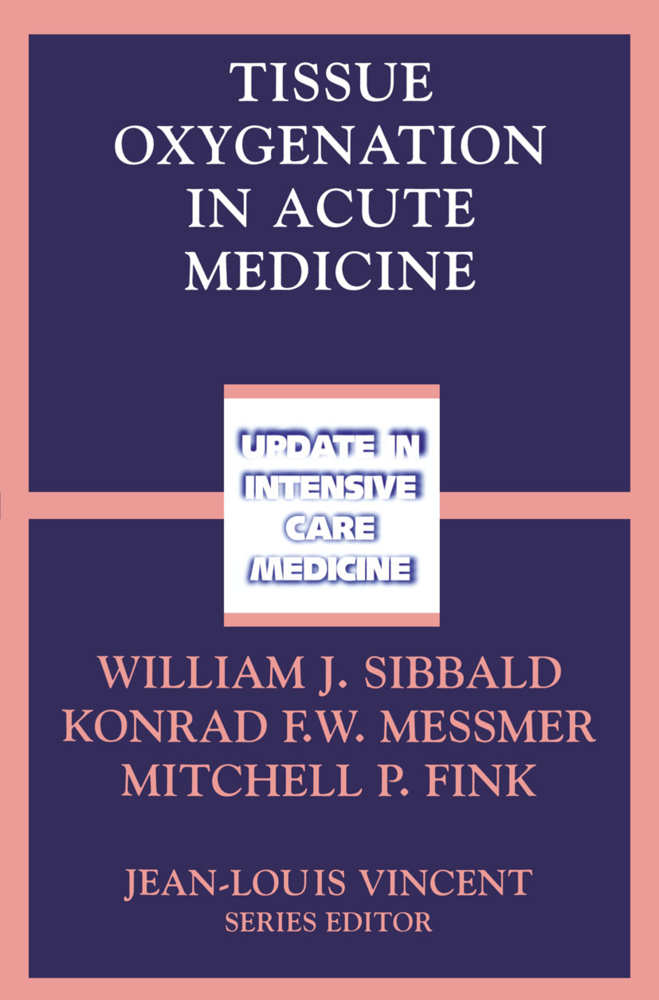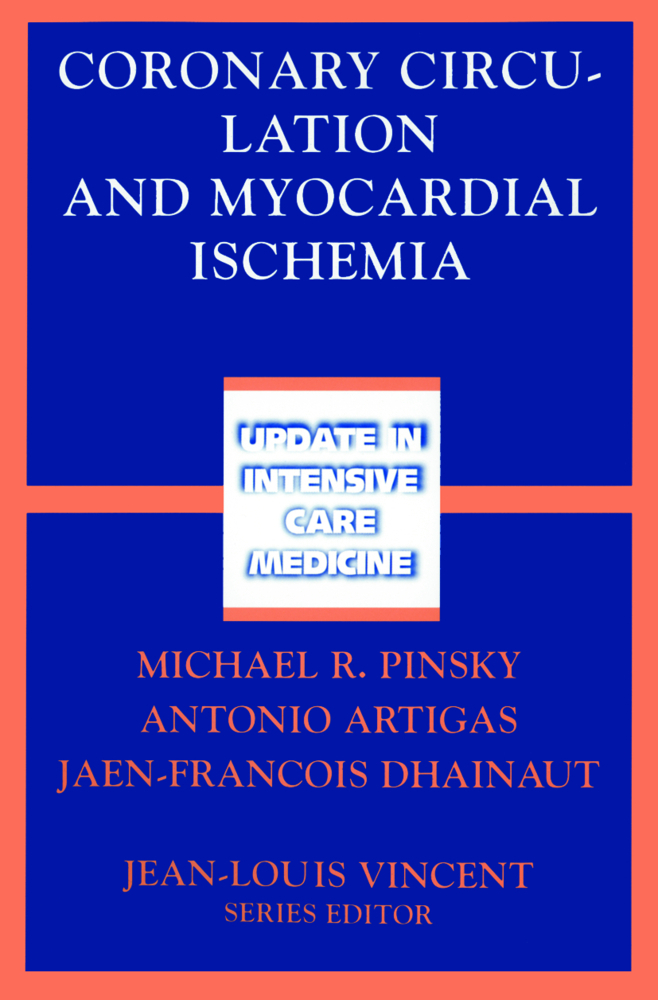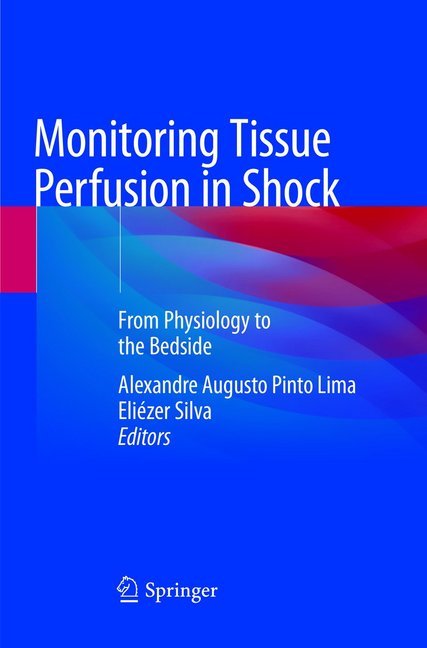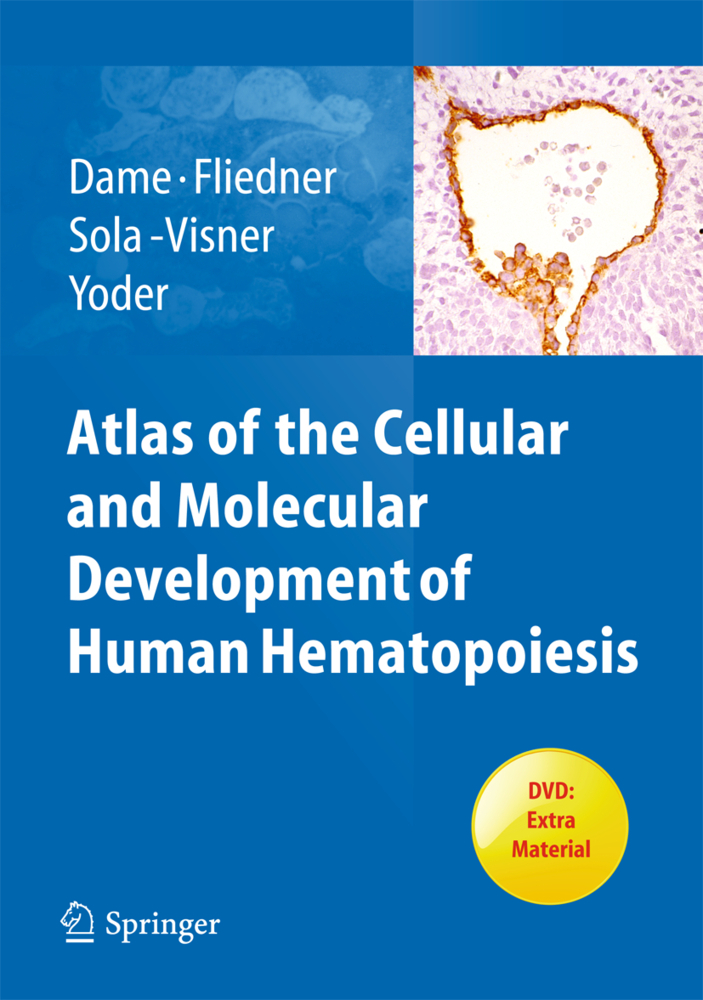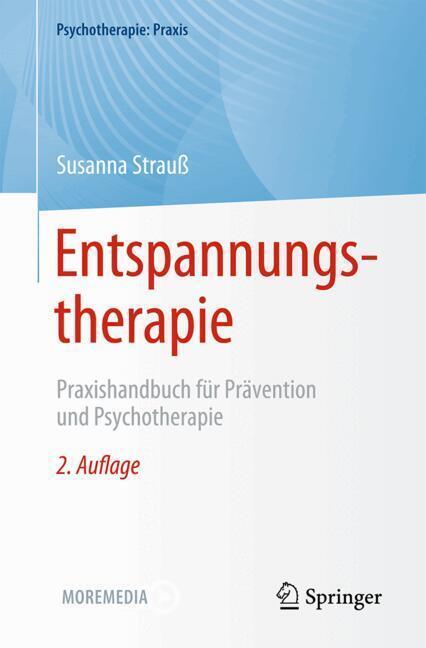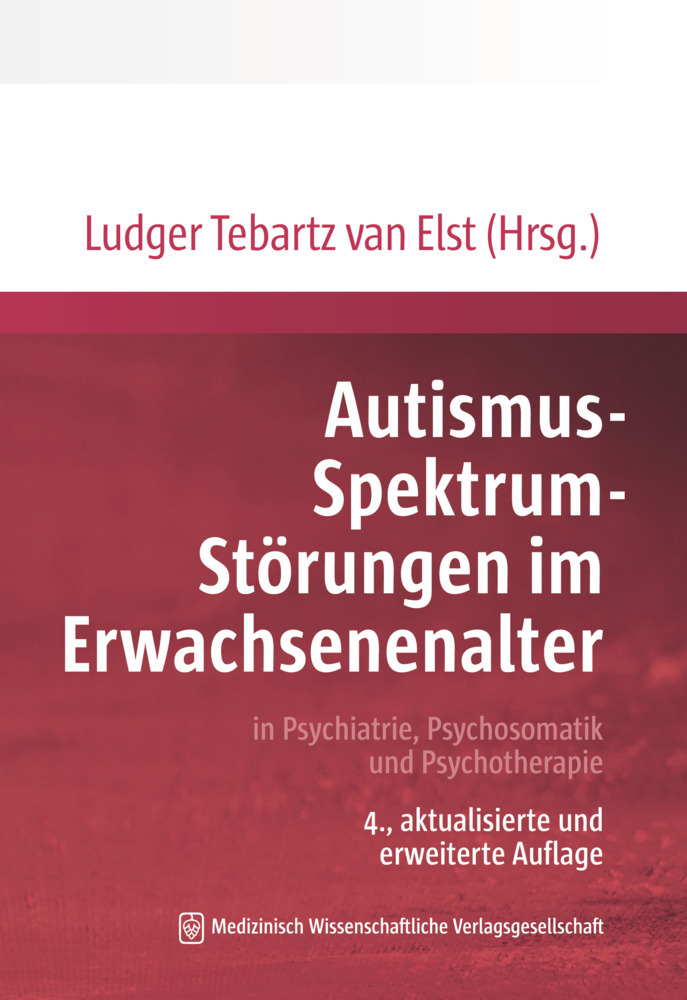Tissue Oxygenation in Acute Medicine
Tissue Oxygenation in Acute Medicine
Researchers from many disciplines, with both basic and clinical perspectives, came together in this volume to review and debate issues pertaining to the investigation and control of tissue oxygenation in acute medicine, as well as treatments to improve tissue oxygenation when abnormal. In this latter context, special emphasis is placed on understanding the effect of blood substitutes on the circulation and on the potential roles of this family of compounds in clinical medicine.
Intraorgan Heterogeneity of Blood Flow, Oxygen Consumption and Tissue Oxygenation
The Microcirculation and Tissue Oxygenation
Oxygen Distribution and Consumption by the Microcirculation and the Determinants of Tissue Survival
Oxygen Signaling Cascades in Mammalian Cells
Hypoxia and Its Consequences
Hypoxic Hypoxia
Circulatory Hypoxia
Anemic Hypoxia
Cytopathic Hypoxia: Mitochondrial Dysfunction as a Potential Mechanism Contributing to Organ Failure in Sepsis
Poly (ADP-ribose) Synthetase Activation in Circulatory Shock
Cellular Responses to Hypoxia: Possible Relevance to Multiple Organ Failure in Critical Illness?
The Mitochondrial Permeability Transition
Measuring Tissue Oxygenation
The Available Clinical Tools - Oxygen-Derived Variables, Lactate, and pHi
Microcirculatory Flows, Microcirculatory Responsiveness, Microcirculatory and Regional (Arteriolar/Venular) O2 Saturations
Monitoring the Systemic Circulation in Sepsis with Microelectrodes
Oxygen Electrodes, Optode Microsensing, Near-Infrared Spectroscopy, Spectrophotometry
Blood and Blood Substitutes as Oxygen Carriers
The Optimal and Critical Hemoglobin in Health and Acute Illness
Hemoglobin-Based Artificial Oxygen Carriers (HBOC): Classification and Historical Overview
Hemoglobin Solutions: Effects on Tissue Oxygenation
Effect of Diaspirin Crosslinked Hemoglobin on Systemic and Regional Blood Circulation
Blood Substitutes - Effects on the Microcirculation
Perfluorocarbons as Oxygen Carriers
Serum-Free Hemoglobin Increases Tumor Necrosis Factor Synthesis and Lipopolysaccharide Lethality
Enhancement of Tissue Oxygenation by Intracellular Introduction of InositolHexaphosphate by Flow Electroporation of Red Blood Cells.
Physiology of Oxygen Delivery
Role of the Cardiorespiratory System in Delivering OxygenIntraorgan Heterogeneity of Blood Flow, Oxygen Consumption and Tissue Oxygenation
The Microcirculation and Tissue Oxygenation
Oxygen Distribution and Consumption by the Microcirculation and the Determinants of Tissue Survival
Oxygen Signaling Cascades in Mammalian Cells
Hypoxia and Its Consequences
Hypoxic Hypoxia
Circulatory Hypoxia
Anemic Hypoxia
Cytopathic Hypoxia: Mitochondrial Dysfunction as a Potential Mechanism Contributing to Organ Failure in Sepsis
Poly (ADP-ribose) Synthetase Activation in Circulatory Shock
Cellular Responses to Hypoxia: Possible Relevance to Multiple Organ Failure in Critical Illness?
The Mitochondrial Permeability Transition
Measuring Tissue Oxygenation
The Available Clinical Tools - Oxygen-Derived Variables, Lactate, and pHi
Microcirculatory Flows, Microcirculatory Responsiveness, Microcirculatory and Regional (Arteriolar/Venular) O2 Saturations
Monitoring the Systemic Circulation in Sepsis with Microelectrodes
Oxygen Electrodes, Optode Microsensing, Near-Infrared Spectroscopy, Spectrophotometry
Blood and Blood Substitutes as Oxygen Carriers
The Optimal and Critical Hemoglobin in Health and Acute Illness
Hemoglobin-Based Artificial Oxygen Carriers (HBOC): Classification and Historical Overview
Hemoglobin Solutions: Effects on Tissue Oxygenation
Effect of Diaspirin Crosslinked Hemoglobin on Systemic and Regional Blood Circulation
Blood Substitutes - Effects on the Microcirculation
Perfluorocarbons as Oxygen Carriers
Serum-Free Hemoglobin Increases Tumor Necrosis Factor Synthesis and Lipopolysaccharide Lethality
Enhancement of Tissue Oxygenation by Intracellular Introduction of InositolHexaphosphate by Flow Electroporation of Red Blood Cells.
Sibbald, William J.
Messmer, Konrad
Fink, Mitchell P.
| ISBN | 978-3-540-42595-3 |
|---|---|
| Artikelnummer | 9783540425953 |
| Medientyp | Buch |
| Copyrightjahr | 2002 |
| Verlag | Springer, Berlin |
| Umfang | XIV, 378 Seiten |
| Abbildungen | XIV, 378 p. |
| Sprache | Englisch |

